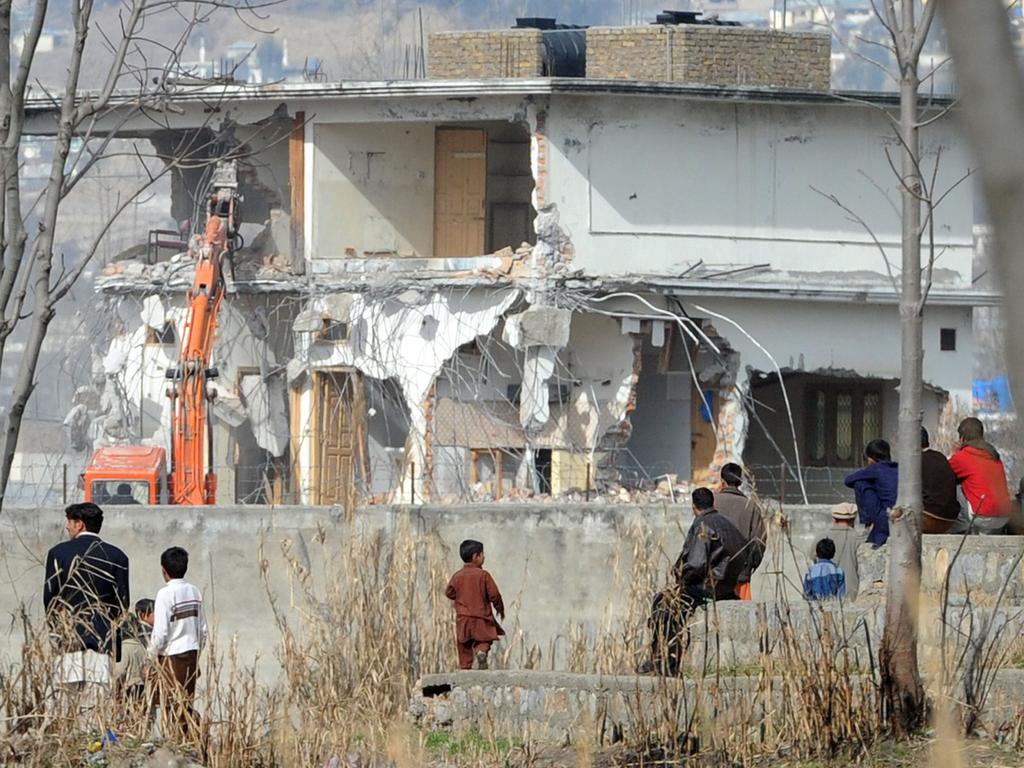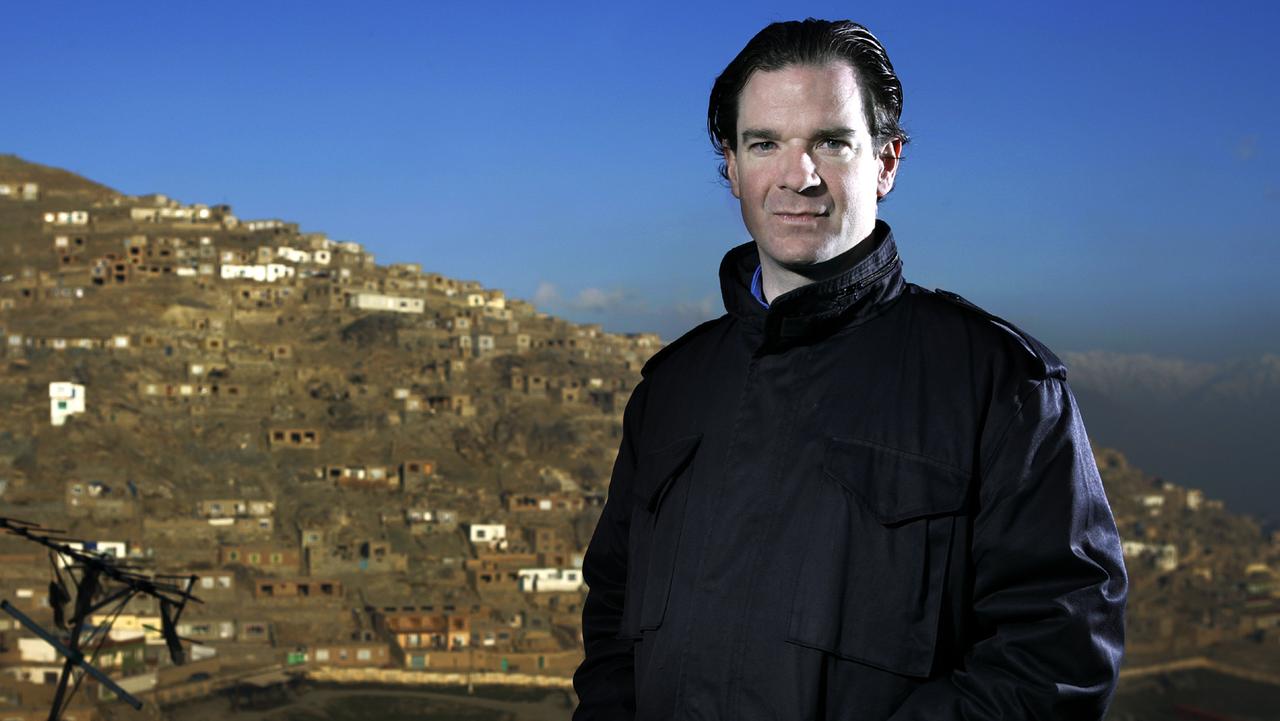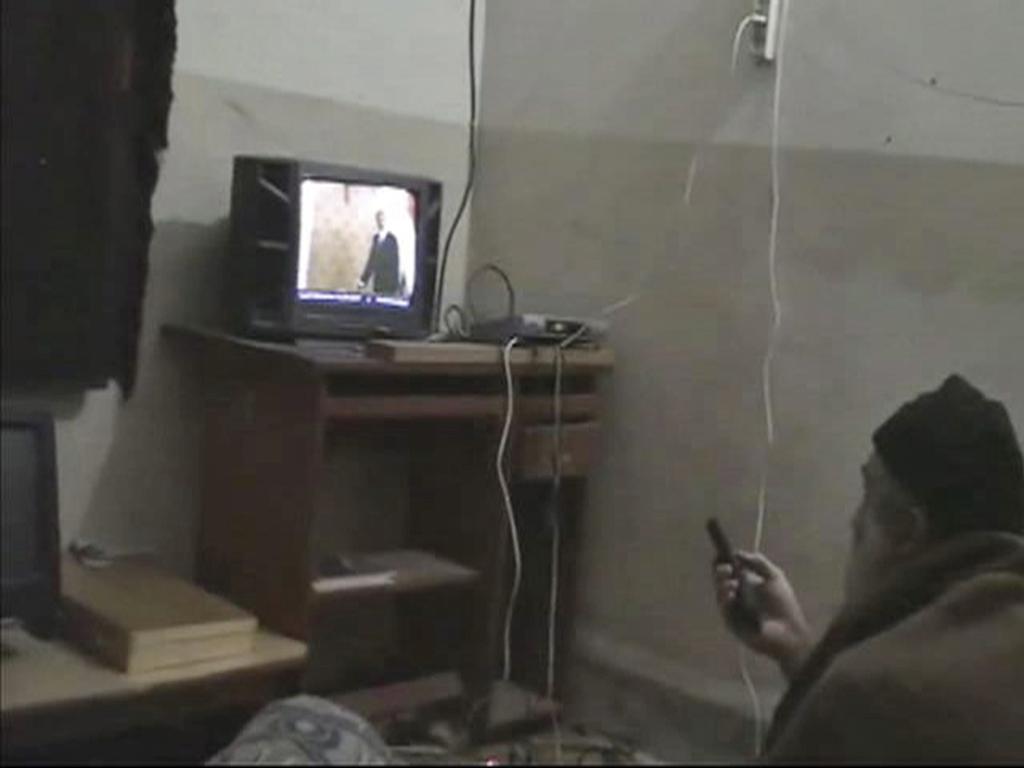Osama bin Laden’s digital life exposed in National Geographic documentary
Hundreds of thousands of files seized from Osama bin Laden’s last home show the terrorist mastermind’s descent into “paranoia”.

For most people it would be their worst nightmare but you could fairly reason Osama bin Laden had it coming, as a new documentary looks through the contents of his digital life.
The terrorist who founded al-Qaida and masterminded the 9/11 terror attacks was killed by a US Navy SEAL team raid at his compound in Abbottabad, Pakistan in May 2011, his body buried in the North Arabian Sea.


At that compound, more than 100 USB drives, CDs and DVDs were seized, as well as five computers and several cell phones.
Almost 470,000 files comprising 250GB of data were taken from the compound and are now the subject of the documentary Bin Laden’s Hard Drive, hosted by CNN analyst Peter Bergen.
The documentary, aired on National Geographic, aimed to scrutinise bin Laden’s “layered personal psychology”.
Mr Bergen said the documentary showed how much can be revealed by digital information.
“Osama bin Laden’s files left behind an imprint of a complex man, responsible for the murder of thousands of people. History will remember him for that but, in order to cut through the perception of this ascetic in a cave on a holy crusade, it’s important for us to see how he crafted the videos that went out to his followers.
“To read how his well-educated wives helped him write incendiary speeches. To watch as he inculcated his children and grandchildren into an ideology of hate leading to acts of violence against animals and the recitation of jihadist poetry,” Mr Bergen said, adding that understanding bin Laden could help combat other potential terrorist leaders in the future.

The files show an “increasing paranoia” in bin Laden as he was cut off from the world, including a letter to one of his four wives who he thought had a tracking device implanted in her tooth.
He also detailed how two men serving as his security, who also couriered messages on his behalf, were “getting exhausted” by him staying with them.

Osama bin Laden eschewed email and other digital communication methods due to a lack of faith in their encryption, relying on other people to courier his messages.
But the documentary also theorises a large cache of pornographic imagery might have played a role in delivering messages too.
According to theDaily Beast, the documentary doesn’t make a definitive finding and others have suggested he may have just been a hypocrite who liked watching smut films while telling everyone else it was forbidden.
Bin Laden’s Hard Drive will air in Australia on National Geographic on Tuesday, October 20 at 8.20pm AEST.



